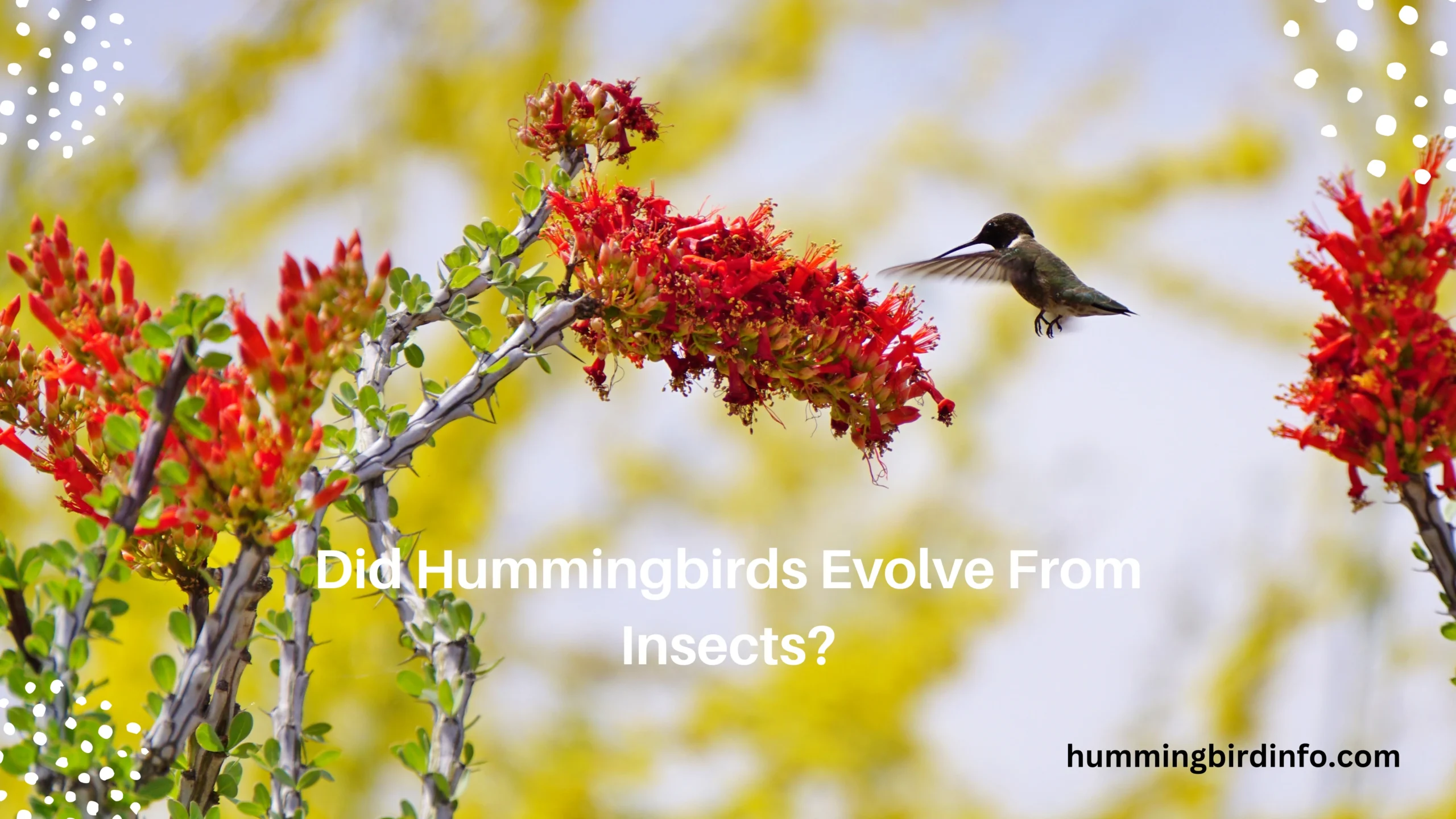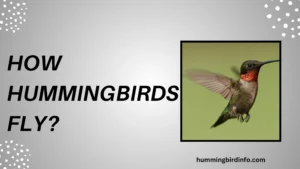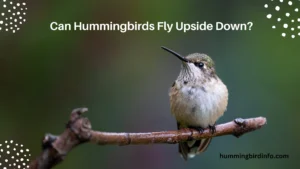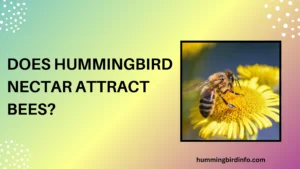Hummingbirds are among the most astonishing creatures in nature. With their iridescent feathers, rapid wingbeats, and the ability to hover in mid-air, they almost seem magical.
Their small size, speed, and habit of sipping nectar often make them look like insects—especially bees or butterflies—leading some to wonder if they might have evolved from them.
So, did hummingbirds evolve from insects? At first glance, the idea might seem reasonable. After all, both can hover, drink nectar, and perform agile maneuvers in the air. But while they may look alike in flight, their evolutionary paths are anything but similar.
The truth is, hummingbirds are birds—and their family tree is rooted in the world of dinosaurs, not bugs.
In this post, we’ll dive deep into the evolutionary origins of hummingbirds, explore why they look similar to some insects, and uncover how convergent evolution can lead to surprising results. If you’ve ever looked at a hummingbird and thought, “That looks like a flying insect,” you’re not alone—and you’re about to find out why.
Contents
- 1 The Evolutionary History of Hummingbirds
- 2 Birds vs. Insects – A Fundamental Divide
- 3 Why the Confusion?
- 4 The Importance of Evolutionary History
- 5 Final Word – Where They Truly Belong
- 6 Conclusion:
- 7 FAQs
- 7.1 1. Did hummingbirds evolve from insects?
- 7.2 2. Why do hummingbirds look like insects when they fly?
- 7.3 3. Are there any birds that are closer to insects than hummingbirds?
- 7.4 4. How are hummingbirds related to dinosaurs?
- 7.5 5. What bird is the closest relative to a hummingbird?
- 7.6 6. What evidence proves hummingbirds didn’t come from insects?
The Evolutionary History of Hummingbirds
Hummingbirds are descendants of dinosaurs, specifically theropod dinosaurs, the same group that gave rise to birds like eagles and sparrows. This places them squarely in the world of vertebrates, not insects.
They share a close relationship with swifts, both being part of the bird order Apodiformes. These two families split from a common ancestor millions of years ago, but still share flight-related traits.
Fossil discoveries in Germany have revealed ancient hummingbirds that lived in Europe—a surprise, since modern species are only found in the Americas. These fossils show long bills and traits perfect for nectar-feeding.
Over millions of years, hummingbirds developed specialized beaks, forked tongues, and the unique ability to hover like a helicopter. These features helped them adapt to feeding from tubular flowers.
In South America, hummingbirds underwent a rapid evolutionary boom, adapting to many environments. This co-evolution with flowering plants led to over 300 species of hummingbirds, each with unique traits.
Birds vs. Insects – A Fundamental Divide
Birds are vertebrates, meaning they have a backbone and internal skeleton. In contrast, insects are invertebrates, with no spine and a hard exoskeleton.
Birds have hollow bones, lungs, and a four-chambered heart, while insects breathe through spiracles and have an open circulatory system with hemolymph instead of blood.
A bird’s brain is part of a complex central nervous system, while insects rely on ganglia—clusters of neurons—for decision-making and motor control.
Genetically, birds and insects are not even close on the tree of life. Birds belong to the phylum Chordata, while insects are part of the Arthropoda.
Their evolutionary paths diverged hundreds of millions of years ago. While both developed flight, the wings, muscles, and control systems are built from entirely different materials and biological blueprints.
Why the Confusion?
One reason for the confusion is convergent evolution—where unrelated animals develop similar features due to shared lifestyles or environments.
Both hummingbirds and insects like bees, moths, and butterflies hover to feed on nectar. However, insects beat their wings differently, often relying on elastic energy stored in their thorax.
While hummingbirds use long, forked tongues to lap up nectar, insects use proboscises—a completely different structure—for fluid feeding.
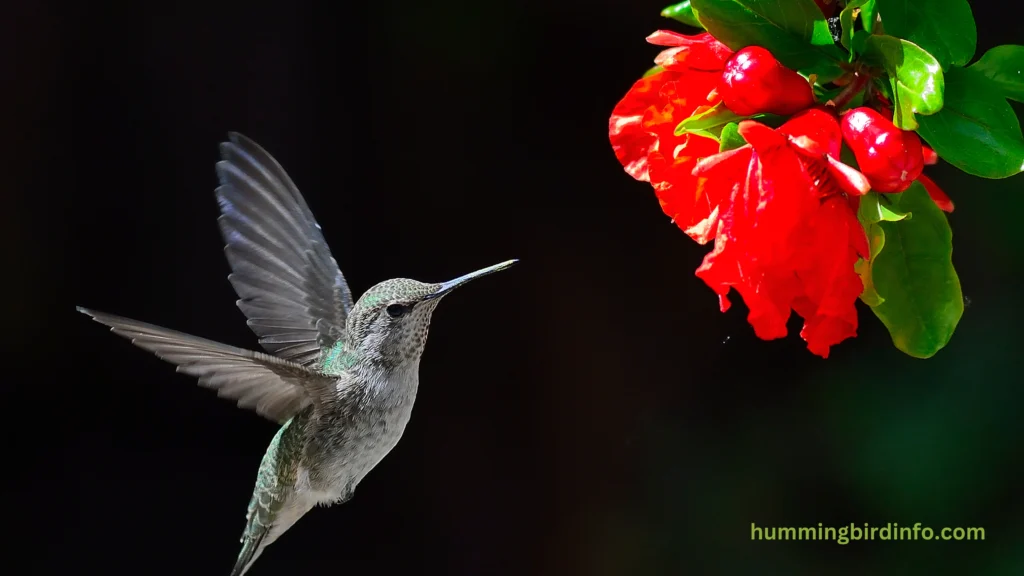
Their small size, agility, and love of flowers also make them appear similar at a glance. But this is a case of nature solving the same problem in different ways.
Folklore, cartoons, and even casual observations often blur the lines. But despite the buzz and flap, these creatures come from entirely different branches of life.
The Importance of Evolutionary History
Understanding evolutionary history helps us make sense of biodiversity and the relationships among species. It’s not just trivia—it shapes conservation, medicine, and even technology.
Fossils show how hummingbirds changed over time—offering clues to their migration, adaptation, and diet. These ancient bones are like pages in a history book.
Anatomical studies of hummingbirds and swifts support their shared lineage. The wing shapes, muscle structures, and even bone patterns tell a story of adaptation to aerial life.
Modern genetic tools offer conclusive evidence. DNA confirms that hummingbirds are true birds, and links them to their avian ancestors—not insects.
Science is always discovering more. As technology improves, so does our ability to understand where these stunning birds came from—and what makes them so special.
Final Word – Where They Truly Belong
No matter how much a hummingbird may act like an insect, it is without question a bird. Its DNA, anatomy, and fossil record are full of avian traits.
From their start as small dinosaur descendants, to becoming nectar-sipping aerial experts, hummingbirds have followed a path full of change and innovation.
They remain one of evolution’s most extraordinary outcomes, and their resemblance to insects is simply a fascinating case of convergent design, not shared ancestry.
Conclusion:
To sum it up, hummingbirds did not evolve from insects. They are part of the vast and diverse avian lineage, closely related to swifts and ultimately descended from theropod dinosaurs.
Birds and insects are from completely different branches of the evolutionary tree. They may share some flight behaviors, but they are biologically worlds apart.
Understanding where creatures come from helps us better appreciate how nature adapts and innovates. Hummingbirds are a perfect example of evolution’s creativity—where function, form, and environment all come together.
So next time you see a hummingbird hovering like a bee, remember: it’s not a bug pretending to be a bird—it’s a bird that evolution made amazing in its own right.
FAQs
1. Did hummingbirds evolve from insects?
No, hummingbirds evolved from dinosaurs, not insects. They are part of the bird family, not related to bugs.
2. Why do hummingbirds look like insects when they fly?
Their hovering and rapid wingbeats are due to convergent evolution, not shared ancestry. Both evolved similar flight styles independently.
3. Are there any birds that are closer to insects than hummingbirds?
No, all birds are vertebrates, while insects are invertebrates. Their similarities with insects are only superficial.
Hummingbirds are descendants of theropod dinosaurs, sharing ancestry with creatures like the Velociraptor.
5. What bird is the closest relative to a hummingbird?
The closest living relatives are swifts. Both belong to the bird order Apodiformes.
6. What evidence proves hummingbirds didn’t come from insects?
Fossils, anatomy, and genetics all show hummingbirds are birds, not insects. Their body structure is totally avian.

